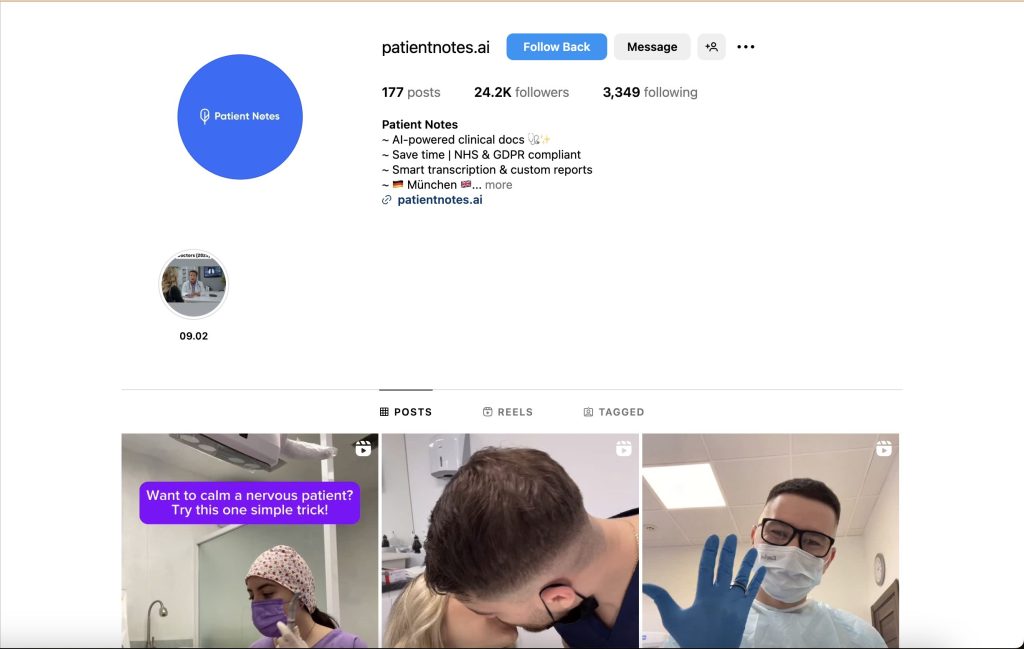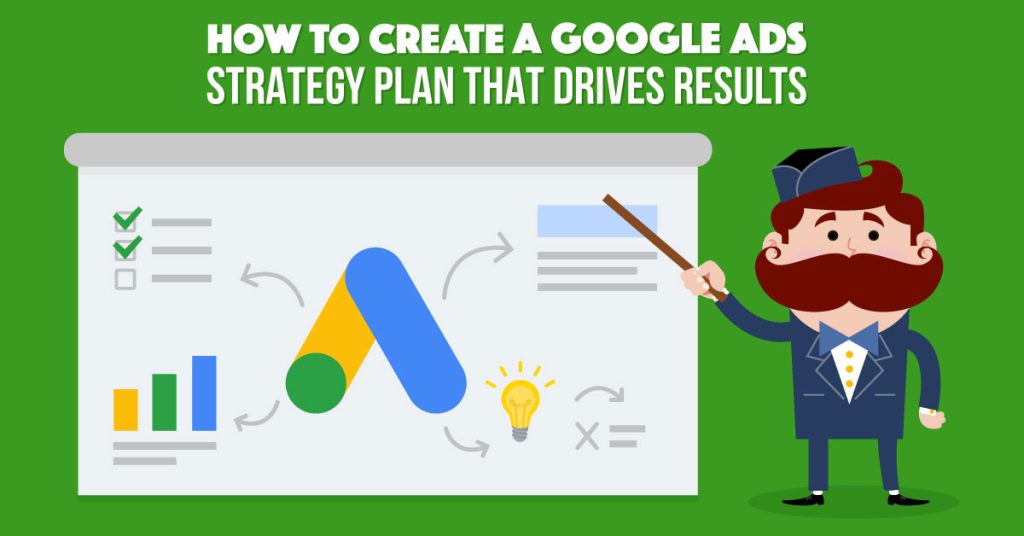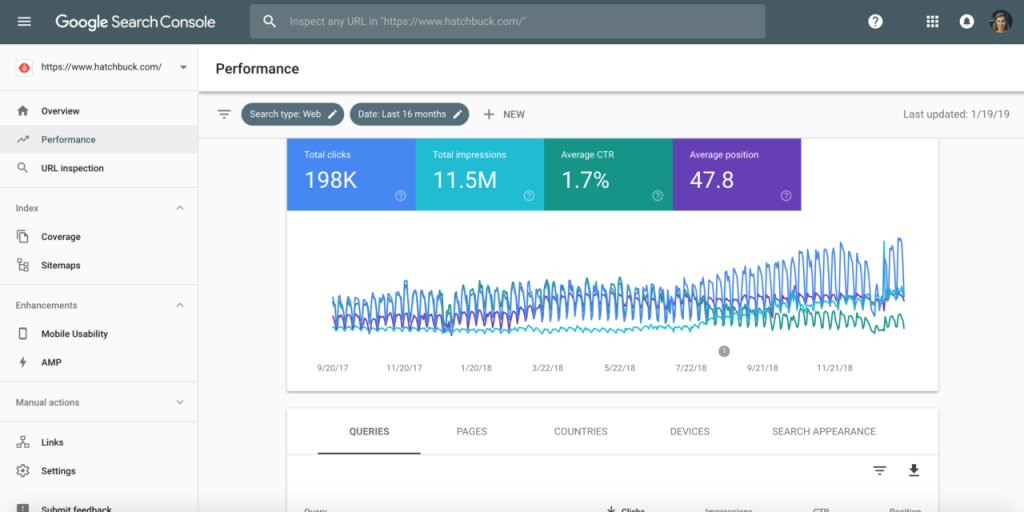In today’s digitally-driven healthcare landscape, physiotherapists must embrace effective online strategies to stand out. With patients increasingly turning to search engines and social media to find healthcare providers, a strong digital presence is no longer optional—it’s essential for practice growth and sustainability.
This guide explores proven digital marketing strategies specifically tailored for physiotherapy practices in 2025, helping you attract new patients while retaining existing ones in an increasingly competitive market.
Understanding the Digital Marketing Landscape for Physiotherapists
Digital marketing encompasses various online channels and tactics aimed at promoting your physiotherapy services. For healthcare professionals, particularly physiotherapists, this approach offers tremendous advantages:
- Broader reach: Connect with potential patients beyond your local area
- Targeted marketing: Focus your efforts on specific demographics or conditions
- Cost-effectiveness: Often provides better ROI than traditional advertising
- Measurable results: Track performance and adjust strategies accordingly
- Patient education: Share valuable content that establishes expertise
Let’s explore the essential components of a successful digital marketing strategy for your physiotherapy practice.
1. Developing a Patient-Focused Website
Your website serves as the digital hub for your practice, often providing the first impression for potential patients. A well-designed website should:
Key Website Elements for Physiotherapists
- Professional design: Create a clean, modern aesthetic that reflects your brand
- Mobile optimisation: With over 60% of healthcare searches happening on mobile devices, responsive design is critical
- Fast loading times: Pages that load in under 3 seconds prevent visitor frustration
- Clear contact information: Make your phone number, address, and booking options immediately visible
- Service descriptions: Detail your specialisations and treatment approaches
- Practitioner profiles: Highlight qualifications and specialties to build trust
- Patient testimonials: Feature real feedback (with permission) to establish credibility
- Educational resources: Provide valuable information about common conditions and treatments
Website Features That Convert Visitors to Patients
Beyond basic information, your website should actively work to convert visitors into appointments through:
- Online booking systems: Allow patients to schedule appointments 24/7
- Contact forms: Make it easy for visitors to request information
- Live chat options: Provide immediate responses to queries
- Call-to-action buttons: Guide visitors toward booking an appointment
- FAQ section: Address common questions about treatments, insurance, and what to expect

2. Search Engine Optimisation (SEO) for Physiotherapists
SEO helps your practice appear in search results when potential patients look for physiotherapy services. Effective SEO strategies include:
Local SEO for Physiotherapy Practices
Local SEO is particularly important for physiotherapists since most patients seek treatment nearby. To optimise for local searches:
- Google Business Profile: Create and optimise your profile with accurate information, photos, and regular posts
- Local keywords: Include location-specific terms in your content (e.g., “physiotherapy in Manchester”)
- NAP consistency: Maintain consistent name, address, and phone number across all online platforms
- Local citations: List your practice in healthcare directories and local business listings
- Local link building: Connect with community organisations and healthcare partners for backlinks

Content SEO Strategy
Creating valuable content helps establish your expertise while improving search rankings:
- Condition-specific pages: Develop comprehensive pages about conditions you treat
- Treatment descriptions: Explain your approaches and methodologies
- Blog posts: Regularly publish educational content on relevant topics
- Keywords research: Identify and incorporate terms your potential patients are searching for
- Optimised metadata: Craft compelling title tags and meta descriptions for each page
3. Social Media Marketing for Physiotherapists
Social media platforms offer excellent opportunities to connect with current and prospective patients:
Platform Selection
Different platforms serve different purposes—choose those most relevant to your practice:
- Facebook: Ideal for community building and patient education
- Instagram: Great for visual content showing your clinic and treatment techniques
- LinkedIn: Perfect for professional networking and B2B referrals
- YouTube: Excellent for educational videos and exercise demonstrations
- TikTok: Increasingly popular for short, engaging health content

Content Strategy for Social Media
Effective social media content for physiotherapists typically includes:
- Educational posts: Explain common conditions and prevention strategies
- Patient success stories: Share outcomes (with permission)
- Behind-the-scenes content: Showcase your team and clinic environment
- Exercise demonstrations: Provide value through instructional content
- Health awareness campaigns: Participate in relevant health initiatives
Engagement Tactics
Building genuine connections through social media requires:
- Consistent posting: Maintain a regular schedule to stay visible
- Prompt responses: Answer comments and messages quickly
- Community involvement: Participate in relevant discussions
- Live sessions: Host Q&As or educational talks
- Patient-generated content: Encourage and share patient feedback and stories
4. Email Marketing for Patient Retention
Email remains one of the most effective channels for staying connected with patients:
Building Your Email List
Grow your subscriber base ethically through:
- Website sign-up forms: Offer valuable content in exchange for email addresses
- In-clinic collection: Ask patients if they’d like to receive educational updates
- Special offers: Promote exclusive content available through your newsletter
- Events and webinars: Collect emails during registration
Email Content Ideas
Engage your audience with diverse content types:
- Educational newsletters: Share the latest in physiotherapy research and techniques
- Exercise programmes: Provide general guidance for common conditions
- Clinic updates: Announce new services, practitioners, or facility improvements
- Health tips: Offer seasonal advice (e.g., winter exercise safety)
- Patient spotlights: Feature success stories (with permission)
Email Best Practices
Maximise the effectiveness of your email campaigns by:
- Personalisation: Address recipients by name and tailor content to their interests
- Mobile optimisation: Ensure emails display properly on all devices
- Clear CTAs: Include obvious next steps for readers
- Consistent branding: Maintain your visual identity across all emails
- A/B testing: Experiment with subject lines and content to improve engagement
5. Pay-Per-Click (PPC) Advertising
PPC advertising can drive immediate traffic to your website through targeted campaigns:
Google Ads Strategy
Effective Google Ads campaigns for physiotherapists typically include:
- Keyword targeting: Bid on relevant search terms like “back pain physiotherapist”
- Location targeting: Focus on your service area to attract local patients
- Ad extensions: Include site links, location information, and call buttons
- Landing page optimisation: Create specific pages for each campaign focus
- Budget management: Start small and scale based on performance

Social Media Advertising
Platforms like Facebook and Instagram offer powerful targeting options:
- Demographic targeting: Reach potential patients based on age, location, and interests
- Lookalike audiences: Find new patients similar to your current ones
- Retargeting: Reconnect with website visitors who didn’t book
- Video advertisements: Showcase your clinic and treatment approaches
- Promotion of special offers: Advertise initial consultations or seasonal packages
6. Video Marketing for Physiotherapists
Video content continues to grow in importance for healthcare marketing:
Types of Effective Videos
Consider creating these high-performing video formats:
- Educational content: Explain common conditions and their causes
- Exercise demonstrations: Show proper technique for rehabilitation exercises
- Patient testimonials: Share success stories with permission
- Clinic tours: Provide virtual walkthroughs of your facilities
- Practitioner introductions: Help patients get to know your team
Video Distribution Channels
Share your videos across multiple platforms:
- YouTube channel: Create a dedicated space for all your video content
- Website integration: Embed relevant videos on service pages
- Social media posts: Share shorter versions or clips on social platforms
- Email inclusions: Include video links in your newsletters
- Paid promotion: Boost visibility through targeted advertising
7. Online Reputation Management
Your online reputation significantly influences potential patients’ decisions:
Review Management
Actively manage your reviews across platforms:
- Request feedback: Encourage satisfied patients to share their experiences
- Monitor platforms: Keep track of Google, Facebook, and healthcare-specific review sites
- Respond appropriately: Thank positive reviewers and address concerns professionally
- Learn from feedback: Use constructive criticism to improve your services
- Showcase testimonials: Feature positive reviews on your website and social media
Crisis Management
Be prepared to address any negative situations:
- Response protocols: Develop guidelines for handling negative reviews
- Public vs. private: Know when to take conversations offline
- Consistent messaging: Ensure all staff understand how to address common concerns
- Professional tone: Always maintain composure and professionalism
- Follow-up procedures: Check in after resolving issues to rebuild trust
8. Content Marketing for Physiotherapists
Content marketing establishes your expertise while attracting and educating potential patients:
Content Types for Physiotherapists
Diversify your content approach with:
- Blog articles: In-depth explorations of conditions, treatments, and prevention
- Case studies: Anonymous examples of patient journeys and outcomes
- Infographics: Visual representations of exercise techniques or condition explanations
- E-books and guides: Comprehensive resources on specific topics
- Webinars: Live or recorded educational sessions
Content Distribution
Maximise reach through multiple channels:
- Website hosting: Maintain a dedicated blog or resource section
- Social sharing: Promote content across all platforms
- Email circulation: Send new content to your subscriber list
- Community partnerships: Share relevant content with complementary businesses
- Guest contributions: Write for healthcare publications or local news outlets
9. Data Analysis and Performance Tracking
Measuring results allows you to refine your strategies over time:
Key Metrics to Track
Monitor these essential indicators:
- Website traffic: Overall visitors and traffic sources
- Conversion rates: Percentage of visitors who book appointments
- Keyword rankings: Position in search results for targeted terms
- Email engagement: Open rates, click-through rates, and conversions
- Social media metrics: Followers, engagement, and referral traffic
- Return on investment: Cost per new patient acquisition
Tools for Analysis
Utilise these platforms to gather and interpret data:
- Google Analytics: Track website performance and user behaviour
- Google Search Console: Monitor search performance and technical issues
- Social media insights: Platform-specific analytics tools
- Email marketing platforms: Built-in analytics for campaign performance
- Call tracking: Dedicated numbers to measure offline conversions from online efforts

10. Integrating Digital with Traditional Marketing
The most effective approach combines digital tactics with traditional methods:
Complementary Strategies
Create a cohesive marketing mix through:
- Consistent branding: Maintain visual and message uniformity across all channels
- Cross-promotion: Promote digital resources in print materials and vice versa
- QR codes: Link physical materials to online resources
- Community events: Combine in-person networking with digital follow-up
- Referral programmes: Implement both digital and traditional referral systems
11. Adapting to Emerging Trends in Healthcare Marketing
Stay ahead by embracing these developing areas:
Current Trends to Watch
- Voice search optimisation: Adapt content for voice-activated searches
- AI chatbots: Implement automated systems for basic patient inquiries
- Telehealth integration: Promote virtual consultation options
- Health apps: Develop or recommend apps for patient exercise tracking
- Virtual reality: Explore VR applications for patient education and engagement
Implementing Your Digital Marketing Plan
With so many options available, it’s important to approach digital marketing strategically:
Step-by-Step Implementation
- Audit your current presence: Evaluate your existing digital footprint
- Set specific goals: Define what success looks like for your practice
- Identify your ideal patients: Create detailed personas for targeting
- Prioritise tactics: Focus on high-impact strategies first
- Create a content calendar: Plan your content production schedule
- Allocate resources: Determine budget and staff responsibilities
- Implement tracking: Set up analytics before launching campaigns
- Execute consistently: Maintain regular activity across chosen channels
- Review performance: Analyse results quarterly
- Refine approach: Adjust strategies based on performance data
Common Challenges and Solutions
Physiotherapists often face these obstacles when implementing digital marketing:
- Time constraints: Consider outsourcing or batching content creation
- Budget limitations: Start with organic strategies before investing in paid advertising
- GDPR compliance: Ensure all data collection and email marketing is fully compliant
- Technical knowledge: Invest in training or professional support
- Content creation: Develop a system for regularly generating valuable information
Conclusion: Building a Sustainable Digital Presence
Effective digital marketing for physiotherapists isn’t about implementing every available tactic but rather developing a strategic approach aligned with your practice goals and patient needs.
By focusing on creating valuable content, optimising your online presence, and measuring results, you can build a digital marketing system that consistently attracts new patients while strengthening relationships with existing ones.
The digital landscape will continue to evolve, but the fundamental principle remains constant: provide genuine value to your audience, and your practice will thrive in the digital age.
Key Takeaways
- Create a patient-centred website that effectively converts visitors into bookings
- Implement local SEO strategies to appear in relevant searches
- Develop a consistent social media presence focused on education and engagement
- Use email marketing to nurture relationships with current and past patients
- Measure performance and adjust strategies based on data
- Combine digital tactics with traditional marketing for comprehensive reach
- Stay current with emerging trends in healthcare marketing
- Focus on providing genuine value through all digital channels
Frequently Asked Questions About Digital Marketing for Physiotherapists
How much should a physiotherapy practice spend on digital marketing?
Most successful physiotherapy practices allocate between 5-15% of their annual revenue to marketing, with digital typically comprising 60-80% of that budget. New practices often need to invest more initially (closer to 15-20%) to establish their presence. Start with essential elements like a professional website and Google Business Profile, then gradually expand to paid advertising as you measure returns.
How can physiotherapists measure ROI from digital marketing?
Track new patient acquisition by implementing appointment request tracking, call tracking with dedicated phone numbers for different campaigns, “how did you hear about us” questions during intake, campaign-specific landing pages, and Google Analytics goal tracking. Calculate ROI by dividing the profit from new patients (average lifetime value × new patients from digital channels) by your marketing investment.
What types of content perform best for physiotherapy practices?
High-performing content types include condition-specific educational articles (e.g., “Managing Rotator Cuff Injuries”), exercise demonstration videos, patient success stories (with appropriate consent), preventative care guidance, and symptom checkers. Content addressing specific pain points and offering actionable advice typically generates the most engagement and conversions.
Is it better to handle digital marketing in-house or outsource it?
The decision depends on your practice size, budget, and internal capabilities. Small practices often benefit from outsourcing to specialists while maintaining control over content accuracy. Larger practices might employ a dedicated marketing person or team. A hybrid approach works well for many physiotherapists—manage routine social media and content in-house while outsourcing technical aspects like SEO, website maintenance, and campaign management.
How frequently should physiotherapists post on social media?
Quality always trumps quantity. For most physiotherapy practices, aim for 2-3 Facebook posts weekly, 3-4 Instagram posts weekly, 1-2 LinkedIn updates weekly, and 1-2 videos monthly. Consistency matters more than frequency—a regular posting schedule that you can maintain is better than bursts of activity followed by silence. Use content calendars and batch creation to maintain consistency.



